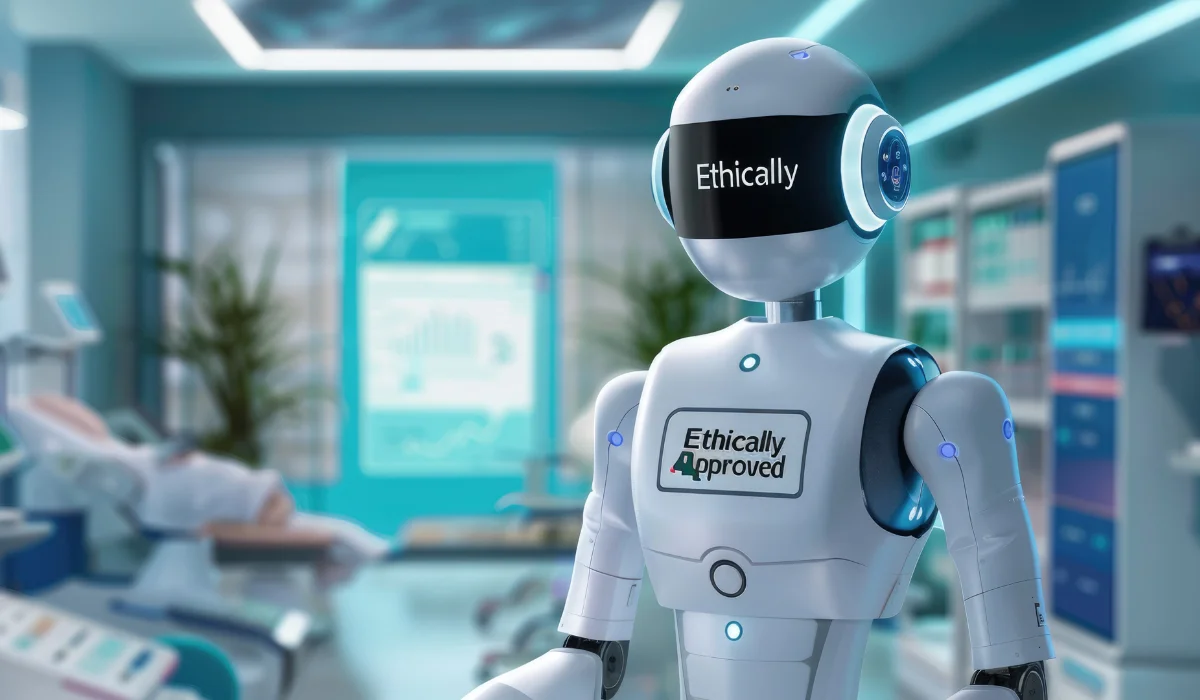AI chatbots have found their way into mental health care. Whether it’s apps like Woebot, Wysa, Replika, or Tess, these tools are being downloaded by millions and used in universities, companies, and even healthcare systems. But while tech startups and news articles make bold claims about their benefits, clinical psychologists often respond with a healthy dose of skepticism. Are these bots helping people? Could they cause harm? And most importantly-what role, if any, should they play in real clinical practice?
This blog aims to provide clarity. We’ll explore what current research says, where AI bots in mental health care are being used today, what they’re good at, where they fall short, and how psychologists might use them responsibly, if at all.
Do AI Bots Work for Mental Health Treatment?

Several studies over the last five years have shown that AI-based tools, especially those grounded in cognitive behavioral therapy (CBT), can help reduce symptoms of anxiety, depression, and stress in certain populations.
For instance, an AI chatbot developed by Stanford psychologists, has shown measurable improvements in mood and mental well-being after just a couple of weeks of use. One study found that users experienced significant reductions in depressive symptoms compared to a control group.
Apps for mental health support have been used in national health settings such as the NHS in the UK, often to support patients on waitlists or as a low-intensity first step before therapy. Users report better adherence to therapy plans, greater emotional self-awareness, and even reduced symptom severity after regular use.
These tools aren’t miracle workers but when used correctly, they do appear to help people feel better.
AI Applications in Personalized Mental Health Care
The majority of mental health chatbots operate outside traditional therapeutic settings and aren’t part of structured clinical care. They’re available directly to users via app stores and websites, making them accessible to anyone with a smartphone and internet access.
Some are designed with structured mental health support in mind. They use established therapeutic models, ask users questions, offer exercises, and guide them through journaling or mood tracking. Others, like Replika, are built more around companionship than therapy. Replika users often form deep emotional bonds with their bots, which has raised both interest and concern in psychological circles.
In the workplace, schools, and even hospitals, AI bots are being piloted as tools for stress reduction, early detection of distress, or follow-up support after therapy. Some platforms are even using voice analysis or wearable data to adapt responses in real-time, although this technology is still emerging.
The Upside: What’s Good About AI in Mental Health Care

1.Easily Accessible
A major benefit of AI bots is that they’re easily accessible to people, regardless of time or location. They’re available 24/7, don’t require appointments, and cost far less than therapy. That alone makes them appealing to people who face financial, cultural, or geographical barriers to care.
2. Maintain Anonymity
They also provide anonymity. Many users say they’re more comfortable sharing difficult thoughts with a bot than with a real person, at least initially. There’s no fear of being judged, no pressure to say the right thing.
3. Help to Stick to Routines
On a practical level, these bots can help people stick to routines. They’re great for delivering psychoeducation, reminding users to do breathing exercises, or logging daily moods. Unlike a therapist who sees someone once a week, a bot can check in multiple times a day, gently nudging users toward self-reflection or action.
In systems with limited resources, bots can serve as triage tools- flagging at-risk users, providing immediate support, and referring individuals to human therapists when necessary.
The Downside: Limitations of AI in Mental Health Care
Despite their usefulness, AI bots have real limitations, some of them are serious.

1. Cannot Understand Diverse Emotions
First and foremost, they can’t truly understand human emotions. Even when a bot says, “That must have been hard,” it doesn’t feel anything. It’s using pattern recognition and scripted empathy. This can be comforting for minor distress, but for deeper issues like trauma, grief, or complex interpersonal conflict, it’s often not enough.
2. May Give Generic Advice
There’s also a risk that bots give generic, one-size-fits-all advice. In some cases, bots have been caught offering unsafe responses, for example, giving diet advice to users with eating disorders or failing to properly respond to suicidal ideation. Some services have even been temporarily shut down for these failures.
3. Risk of Over Dependence
Another concern is over-dependence. Some users interact with their bots daily, sometimes for hours at a time. There have been cases where users reported developing romantic feelings for their AI companion or began relying on it for emotional validation to the point of isolating themselves from real relationships. That’s not healthy.
4. May Harm User Privacy
And then there’s data privacy. Many of these apps aren’t regulated like medical services, even though they deal with highly sensitive personal information. It’s not always clear where user data goes or how it’s used, raising concerns about consent and confidentiality.
What This Means for Clinical Psychologists
So, where does this leave practicing psychologists?
AI bots shouldn’t be seen as replacements for therapy, but they do have a role to play. Used thoughtfully, they can supplement your work. For instance, you might recommend an AI bot to a client who struggles with daily anxiety between sessions. Or suggest a journaling bot to help someone track mood patterns. Bots can also be useful for clients on a waitlist, or those easing into the idea of therapy.
The key is supervision. Bots can’t diagnose, can’t respond to crises, and don’t offer nuanced care. However, under your guidance, they can serve as homework companions, mood trackers, or self-reflection tools that enhance the effectiveness of therapy.
Before suggesting any AI bots for mental health care to clients, it’s important to review them carefully, looking at both their clinical validity and how they handle user data. Select tools that have clinical backing, clear safety protocols, and transparent privacy policies. Always let clients know that the bot is not a therapist, it’s a supplement, not a substitute.
Responsible Use of AI Mental Health Chatbot : A Checklist for Clinicians
If you’re considering incorporating AI tools into your practice, here are a few things to keep in mind:
- Know the evidence – Stick with tools that are grounded in psychological research.
- Be clear about their purpose – Bots should enhance care, not replace it.
- Monitor client reactions: Ask clients how they feel about using the bot. If they’re relying too much or feeling misunderstood, reassess.
- Review data policies: Make sure the tools you recommend protect client information.
- Stay current: This field is changing quickly. What works well today may be outdated—or regulated differently—tomorrow.
Final Thoughts: Use Bots Where They Help, Not Where They Don’t
AI chatbots are not therapists. They don’t think, feel, or understand people the way we do. But they are tools, and in the right context, they’re valuable ones. They can help people get started on their mental health journey. They can support clients between sessions. And they can offer consistent, stigma-free guidance when no other option is available.
As clinical psychologists, you don’t need to fear these tools. However, remain thoughtful about how they’re used. With a clear understanding of their strengths and limits, AI bots can complement your work and help more people get the support they need.



